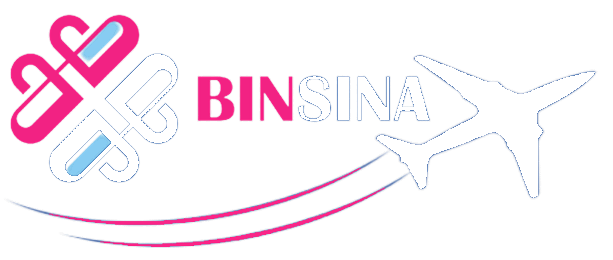The International Assessor of UNESCO Geoparks announced the registration of eight new geoparks in UNESCO and explained the latest status of the “Aras” and “Tabas” geoparks.
Alireza Amerikazemi told ISNA: Eight geoparks from Sweden, Luxembourg, Romania, Greece, Germany, Finland and Brazil (two geoparks) were added to the UNESCO World Geoparks family. Thus, the number of UNESCO World Geoparks reached 177 geoparks from 46 countries.
According to him, these geoparks were field-evaluated last year, and after being approved by the UNESCO Supreme Council of Geoparks, they were finally accepted as new members with the approval of the Executive Council.
The director of Qeshm World Geopark also said about the status of the two cases of Aras and Tabas geoparks, which have received initial approval from the UNESCO office: “These two cases are waiting for a field evaluation that will be done in spring and summer this year.”
Ameria Kazemi explained about the process of global registration of geoparks: Sending the file, initial approval of the UNESCO office, field evaluation, voting and approval in the UNESCO Supreme Council of Geoparks, acceptance and enforcement of the ruling in the UNESCO Executive Council are the necessary steps for admission to the UNESCO Is over.
Qeshm is currently the only geopark in Iran and the Middle East, which became a member of the UNESCO World Geoparks Network in 2006. Qeshm Geopark in 1391 due to inability to meet global registration criteria, got a red card and left the network. In 2017, after eliminating the shortcomings and reforming the management, it was re-accepted in the UNESCO geopark network and now with 2063 square kilometers, it is known as one of the oldest geoparks in West Asia and the Middle East.
Iran is currently examining two cases of Aras and Tabas Geoparks.
Geoparks, in other words, geological parks, are a range of geological phenomena and heritage, valuable natural, historical and cultural attractions that should be able to enhance the economic development of local communities and attract public cooperation and be maintained and managed sustainably.
Source: https://www.isna.ir
